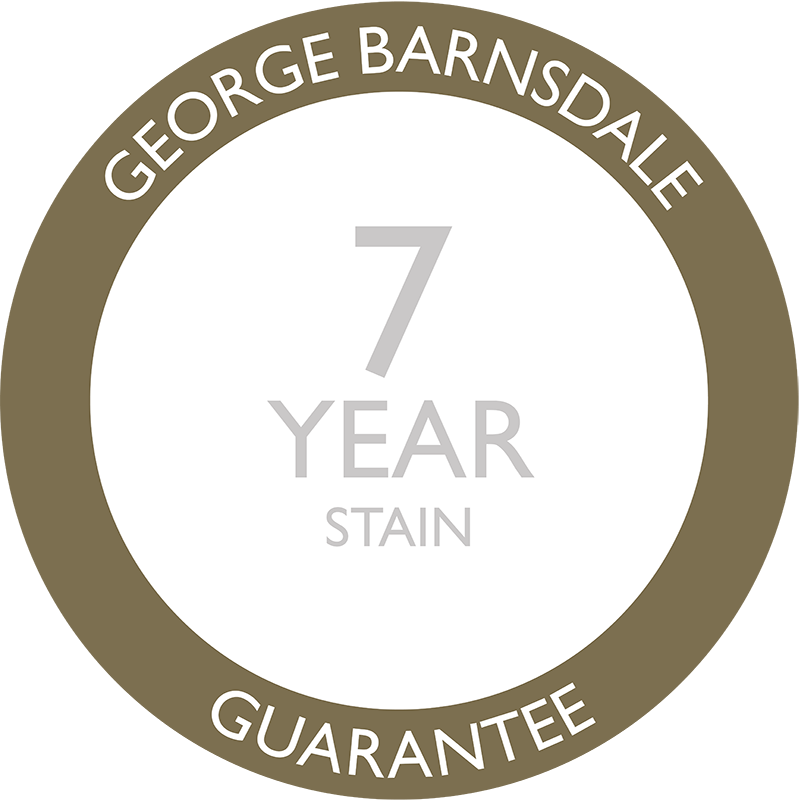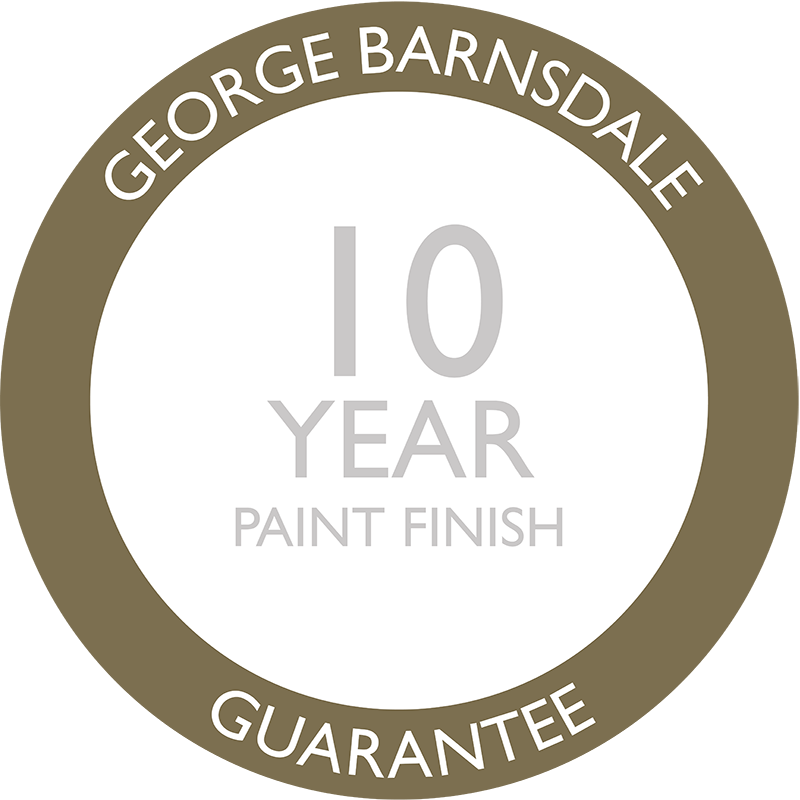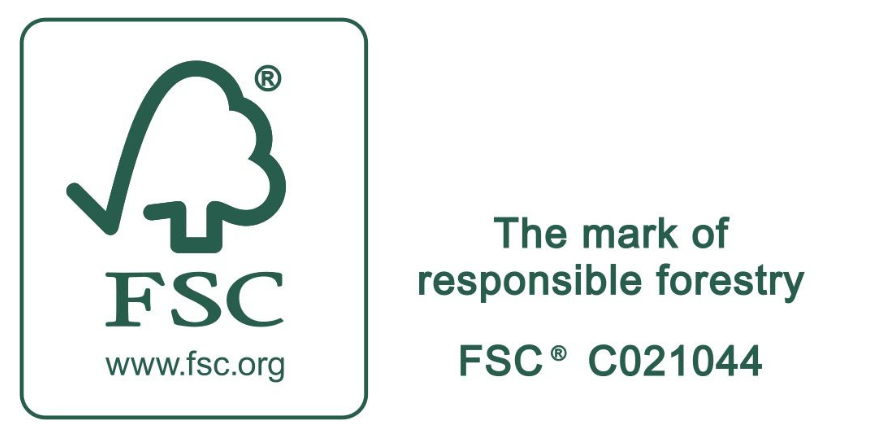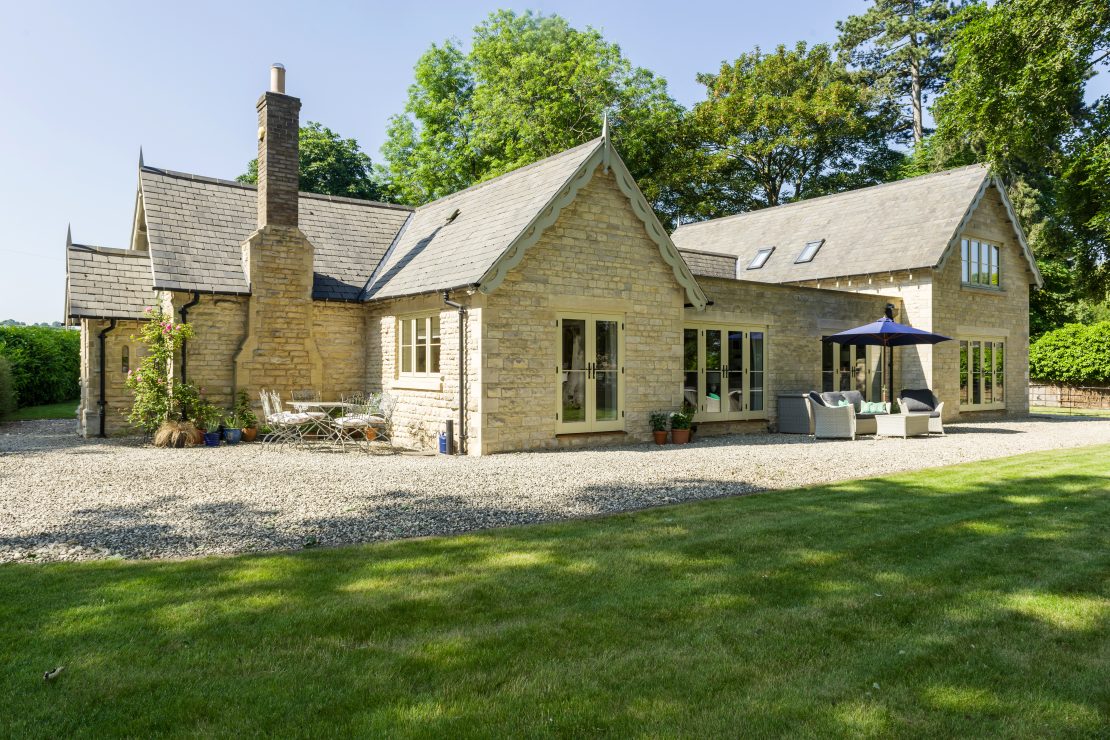June 11, 2021
An interview with Rob Leechmere ARB of Jonathan Tuckey Design
As part of our ongoing series of interviews with architects throughout the UK, Paul Iddon, VP Manchester Society of Architects has been speaking to Rob from Jonathan Tuckey Design about his views on sustainability, choice of materials and the prospect of concrete becoming a luxury material!

Good afternoon Rob and thank you for speaking with us. We really enjoyed Jonathan’s talk at Manchester Society of Architects recently.
To begin, could you tell us a bit about the philosophy at JTD?
Thanks, it a pleasure to speak with you and glad you enjoyed the talk!
The practice originally specialised in working with existing buildings, but that has grown to encompass a lot more new build. Our focus is about working with what already exists on any project, contextually or materially. This generates the starting point to talk about atmosphere and history. The work we are doing now forms part of a much longer time line. We acknowledge that there will be work that will happen long after we are gone.
We operate in a continuum, occupying a small place in time and part of a much-larger Iteration of architecture on that site. We try and make something that encompasses good quality design, rather than aiming at anything overtly stylistic.
Your work often showcases the use of natural materials in your design – What does this mean to your practice?
That is quite a complex question. We carefully frame our decisions on what materials we use based on context. If there is a predominant local material special to that place, wood or stone for instance, we try to use them. This is a less carbon heavy approach than using another material, say concrete or steel. To us, it also plays into the idea of creating atmosphere. In some way it could be described as ‘tectonic’. Using materials that are distinctly heavy or light can create different types of experience. To us, it’s about understanding the inherent qualities of each material to create different details, or solve particular problems. This is at the heart of architecture at the end of the day.
Often, when an issue arises on site, especially in existing building, the material choices become critical. Many of our projects are abroad and we may only be there for a few days at a time, sometimes we have to be able to respond effectively on the spot.
Although we give a lot of consideration to natural materials, we have come to think more and more about concrete and steel as special materials. Because they are so energy intensive we regard them as more ‘precious’ to the world.
Whereas previously a slab of marble was special, now it’s almost as if the use of steel and concrete have become a big deal, luxury.
So it’s like taking the everyday and celebrating it. An inversion of value?
Exactly. In the spirit of Louis Kahn, ‘what does a brick want to be’. Now, it may be that when a concrete lintel is required, it becomes the focus of interest.
Do you think natural materials and locally sourced materials play a part in how people feel about your architecture?
When we think about natural materials, metals, stones and wood, etc. We believe, like many architects, it’s because they have an honesty to them. Honest in a kind of ‘Adolf Loos-ian’ sense. We express the inherent qualities of a natural material where we can. They can give a sense of familiarity and create a connection to place, context and time for people.
Although it’s uncommon to have these kind of in-depth conversations with all our clients, of course. Its not always easy for people to articulate why they like a building…you know? It’s the same for us all, why we like a particular piece of art, etc
How does climate change and sustainable design affect your thoughts on materials?
Any material we can use that makes our work more sustainable is a major consideration for us, of course. It’s not an option any more. We sat down as a practice some time ago and agreed that we have to think about how we design as a collective.
I think everyone’s having these kind of conversations – including construction materials manufacturers, too. So we are very interested in organising lots of relevant CPD’s and looking at innovative work by other architects.
How has the growth in complexity in architecture and construction technology changing the way you work?
One of the key skills of an architect is to learn how to ask for information. How to work with specialists. It’s such a complex industry now and impossible to know everything. It’s even dangerous not to talk to a specialist in some cases. Knowing how and when to work with experts in building products and services is an important thing to teach to students and young architects. It’s a skill in its own right. Gaining experience is critical, but so is understanding the limits of your own knowledge, especially recognising the nature of liability. We all learn as architects that the buck stops with you.
As an architect, it’s my job to have the overall view, be the design champion, to know what everyone is doing, whatever their specialism. Having a great working relationship with a specialist that understands their role is key in achieving the best result. We often work in an unorthodox way and we value specialists that help us achieve our goals, who are willing to take the path less travelled, in a way. It’s about creating a win-win situation in that the manufacturer then expands the scope of their product design and performance, too.
It’s also knowing that you have done everything that you can to ensure a detail works. Especially when it comes to working with innovation, even in traditional products.
It is important we understand how they perform in detail and performance. The idea of more breathable buildings rather than ‘wrapped’, for instance. There are so many ways that buildings can work.
I try and follow the maxim that a wise person is aware of how much they do not know. It’s a good way to work, in my experience.

How should architects think about the use of natural daylight and windows as part of human wellbeing?
We’re all taught in Architecture school about the benefits of natural daylight of course and we make considerable efforts to incorporate natural light in our work.
It’s important to us that we create rooms and spaces that respond to the many natural variations in light across the day, month, season and so on. This includes careful thinking about orientation and views. Many of our projects do have great locations – when it comes to windows. If there’s a special view, a vista, we will try to place a window that celebrates that, even on substantial existing buildings. A view is a nice consequence of having a window.
Our clients often acquire sites because of a view that is special to them. We will arrange the key spaces, living, kitchen/dining or master bedroom to exploit the view they love.
We also like playing with foreground vs distant views, depending on are subtleties of the project.
In a post Covid world – do you think clients need to create more pleasant and inspirational places for their homes, employees, building occupants?
We have witnessed already that some clients are actively looking for places away from city locations. More rural or edges of urban spaces. We also see that external spaces have become far more important because of the way they have had to live over the last year working from home. The pandemic has given them an opportunity to review their living arrangements.More home offices and connection to the outside.
We’ve had lots of office discussions about what the pandemic will do to urban centres, particularly cities. Will we become more diffuse, more rural based? It’s a major change and obviously difficult to predict what the effect will be on cities in the longer term.

It’s been fascinating to hear about your work and philosophy! Just a couple of last, quick questions..
Your favourite space – what is the most important room in your practice?
The kitchen! It’s where we have a chat, catching up on each other’s lives and work. That ‘water cooler moment’.
Your favourite space – what is the most important room in your home?
The garden at the moment! Although I spend a lot of time cycling to work across London, so that’s my space too.
Rob – thank you so much for taking the time to talk to us
My pleasure.
Rob completed his undergraduate degree at the University of Liverpool and joined Jonathan Tuckey Design in 2016 after completing his diploma at CASS School of Architecture. His work mainly focuses on the interpretation of vernaculars in a modern context. He has a keen interest in the Amsterdam School and brick expressionism. https://en.wikipedia.org/wiki/Amsterdam_School
Photographer – Francesca Lovene




















